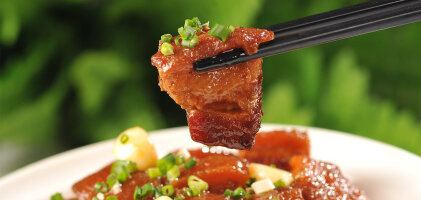Make your own sushi - delicious Japanese sushi recipes
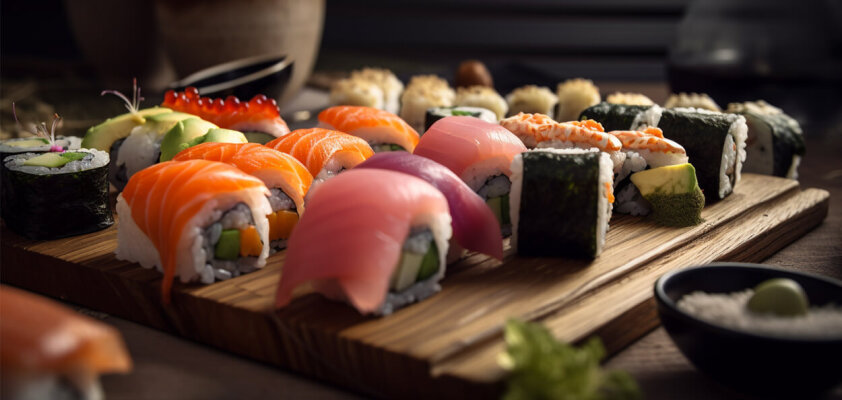
Inhaltsverzeichnis
Hosomaki: The thin rolls Futomaki: The thicker alternative Uromaki: Sushi rolled from the inside Nigiri: Not rolled, but pressed Temaki: A rather rare specialty Sashimi: Fine fish fillets as an encore Cooking healthy sushi yourself? What speaks for it from a nutritional point of view Advantage of the homemade alternative: you decide on the rice and ingredients Ingredients and tools for homemade recipes recipeSushi is becoming increasingly popular in this country, which is no wonder considering the diverse preparation options. The well-known dish originally consists of a combination of mildly vinegared rice, raw or cooked fish, and various types of vegetables. The rolls originally come from China and made their way to Japan from there. Sushi rolls are considered the most famous culinary creation of the large Asian country.
How can you make sushi yourself?
Particularly in this country, Maki and Nigiri variants are especially popular and frequently consumed: The developments of the delicious "Edo-mae-zushi" come from Tokyo, and naturally, in the country of origin, there are still various recipes for the well-known rolls. From the beginning, salmon has been considered a particularly popular ingredient, but avocado and various types of vegetables are also commonly added to the rolls. And a plant also plays an essential role as a seasoning: Without wasabi, also known as Japanese horseradish, almost nothing goes in Japanese cuisine. In many recipes, wasabi is a crucial component for the distinctive taste of the delicious rolls. Finally, for preparation, you need another essential accessory used in almost all recipes: Makisu, the bamboo mat used for rolling and cooking sushi.

Exciting sushi recipes - an overview of the sushi varieties
» Futomaki: The thicker alternative
» Uromaki: Sushi rolled from the inside
» Nigiri: Not rolled, but pressed
Hosomaki: The thin rolls
Just half a nori sheet is enough to create a delicious hosomaki recipe. Once again, salmon is preferred as the filling – alternatively, the specialty also tastes particularly delicious with avocado (especially popular in Europe) and kappa (cucumber). Of course, the bamboo mat gets its share of action in this type of preparation.
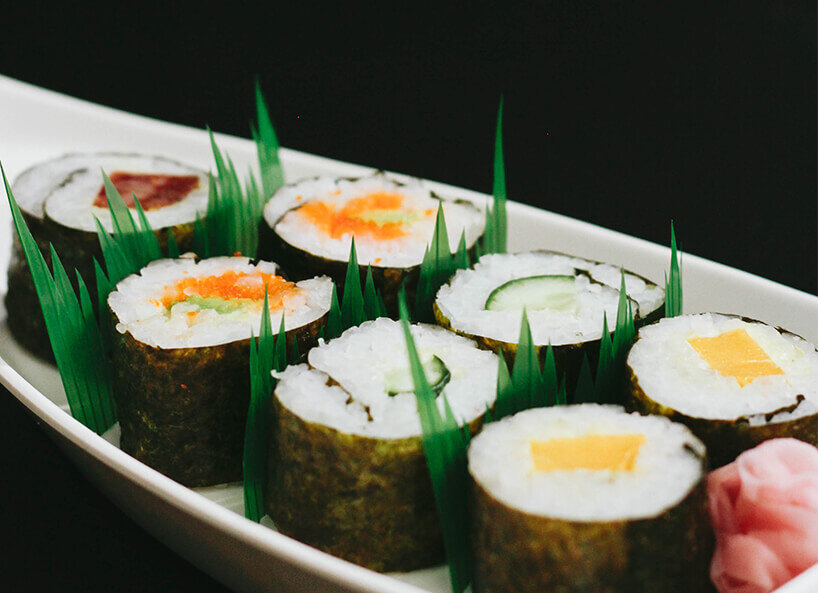
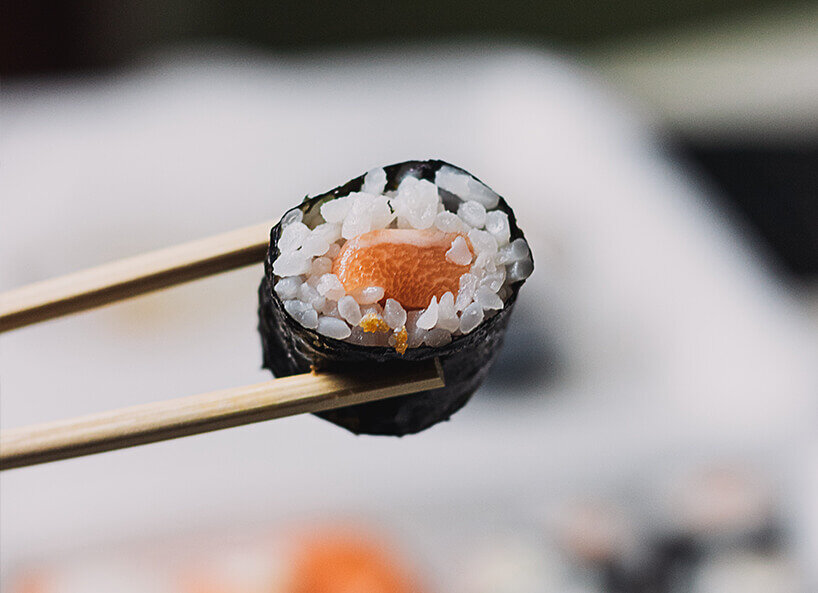
Futomaki: The thicker alternative
If you prefer your sushi a bit "thicker," you're in for a treat: The so-called futomaki is characterized, among other things, by the fact that it requires a whole nori sheet. Additionally, the larger surface allows for the combination of two delicious ingredients such as avocado and fish. But even more extravagant variations are finding their way from the kitchen to the dining table more and more often. By the way, in terms of difficulty, the two types of maki are quite similar.
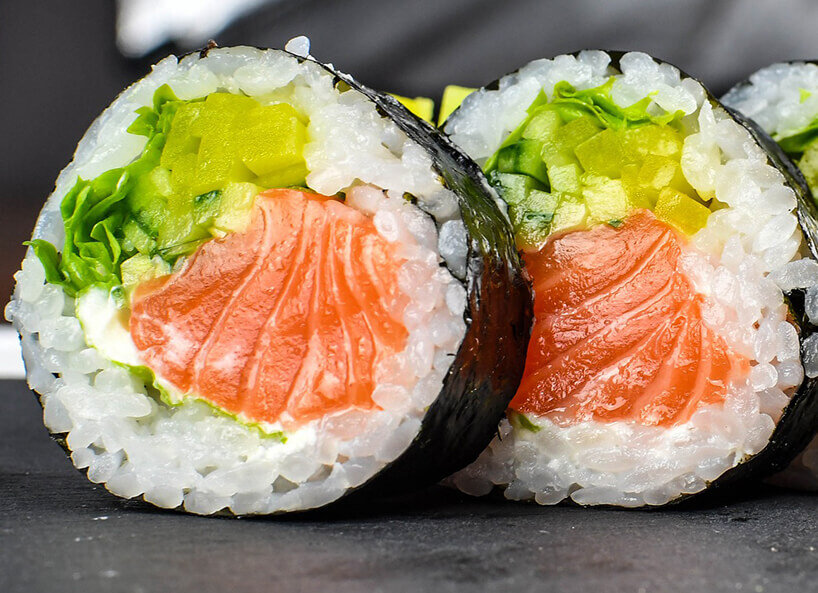
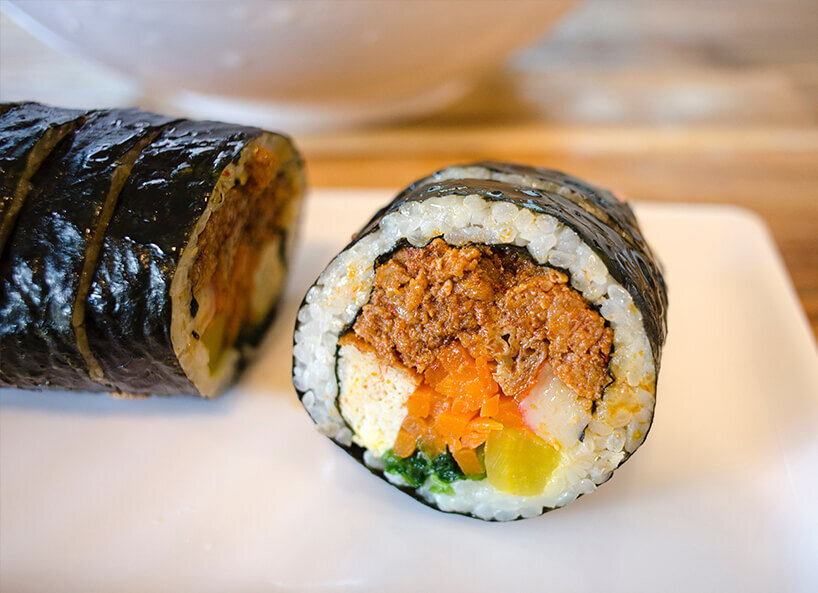
Uromaki: Sushi rolled from the inside
This sushi recipe is also known as California Roll or Inside Out Roll. The significant difference lies in the positioning of the nori sheet, which is inside the specialty in this case. The sushi rice is then spread on the outer part. When cooking and preparing uromaki, sometimes more unusual flavor components are added - from fish eggs to chives to sesame, everything is included.
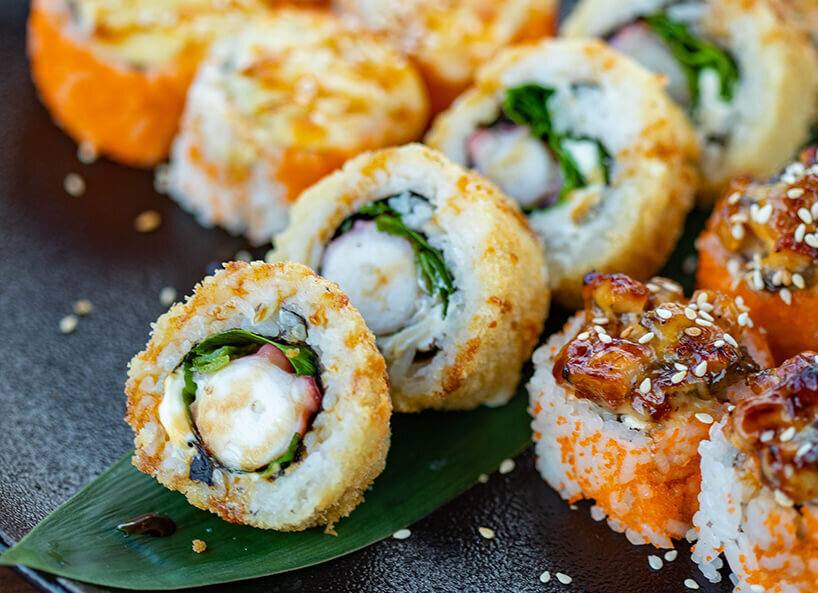
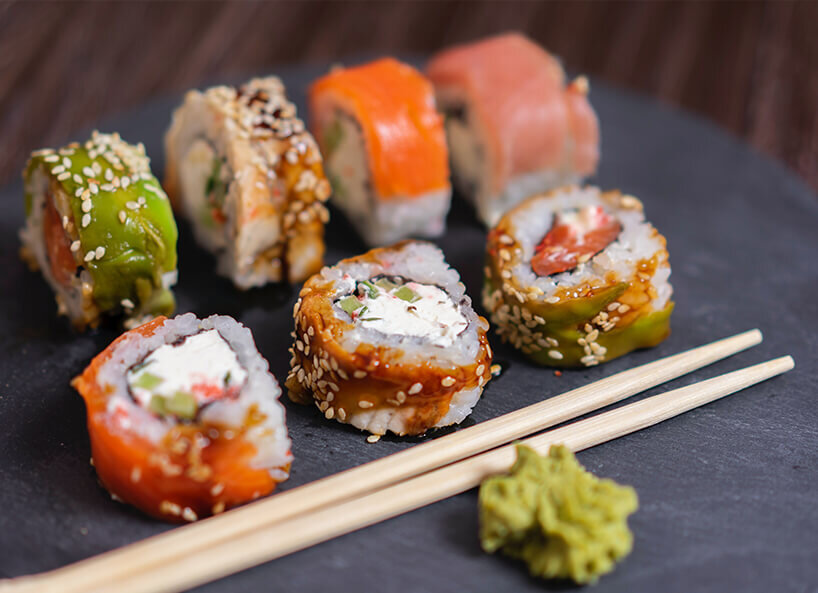
Nigiri: Not rolled, but pressed
With this Japanese specialty, you don't need to roll while cooking; instead, you press: Nigiri is essentially nothing more than pressed, oval rice balls. Usually, a small dab of wasabi is added. Your creativity is generally limitless when it comes to additional ingredients: Besides fish, seafood or Japanese omelet (Tamago) are among the most commonly used flavor enhancements. Even when preparing a Nigiri recipe, experienced chefs often rely on bamboo mats; a nori strip is not mandatory but is sometimes also used. As with all other specialties, the soy sauce, a popular accompaniment, should not be missing here either.
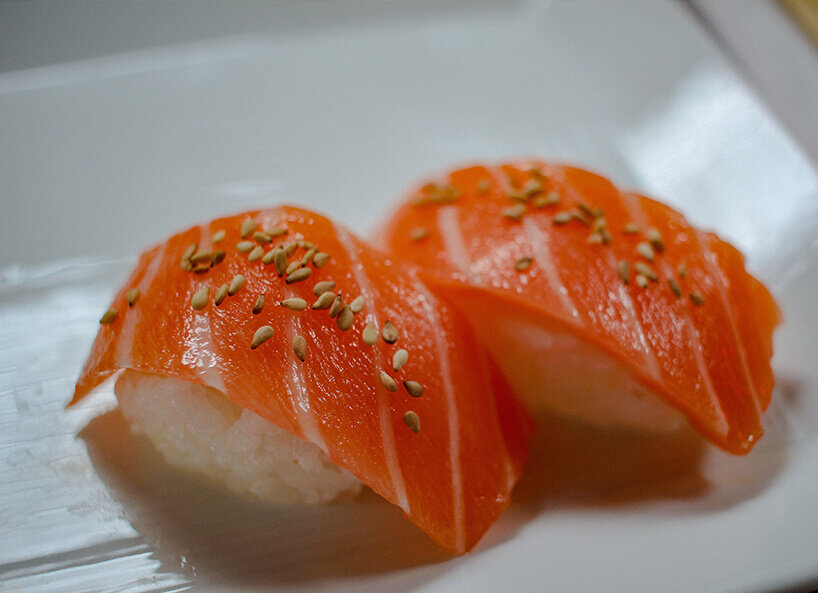
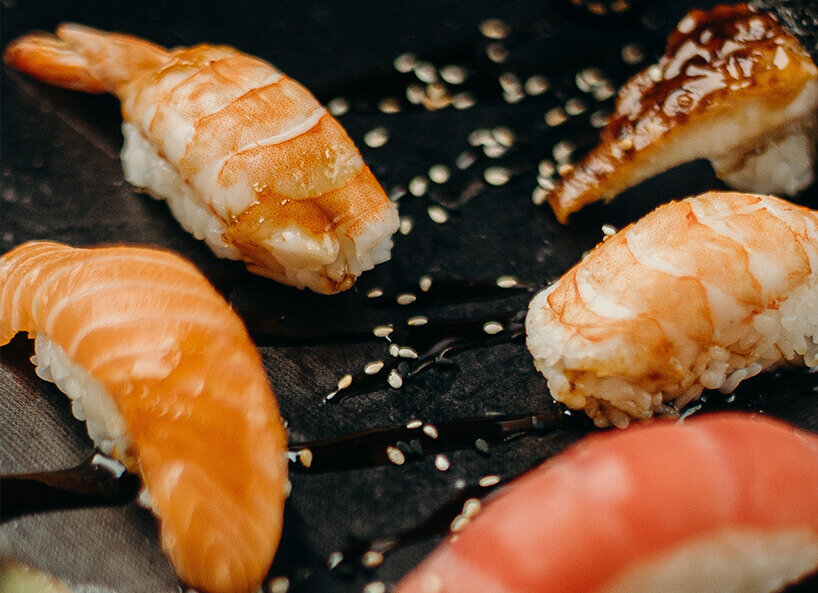
Temaki: A rather rare specialty
Temaki, on the other hand, is much less commonly prepared in Germany. An undeniable reason for this is certainly the considerable effort involved in the handmade alternative. To prepare a flawless Temaki, you once again need a nori sheet, which, in this case, is rolled into a cone-shaped bag. In its basic form, this type of sushi is reminiscent of an ice cream cone in an ice cream parlor. The filling of the roll is, of course, entirely up to your taste and your supply of delicious ingredients - characteristic for this alternative are fish varieties such as salmon but also various vegetables. For lovers of spicy seasoning, the famous wasabi must not be missing as a topping.
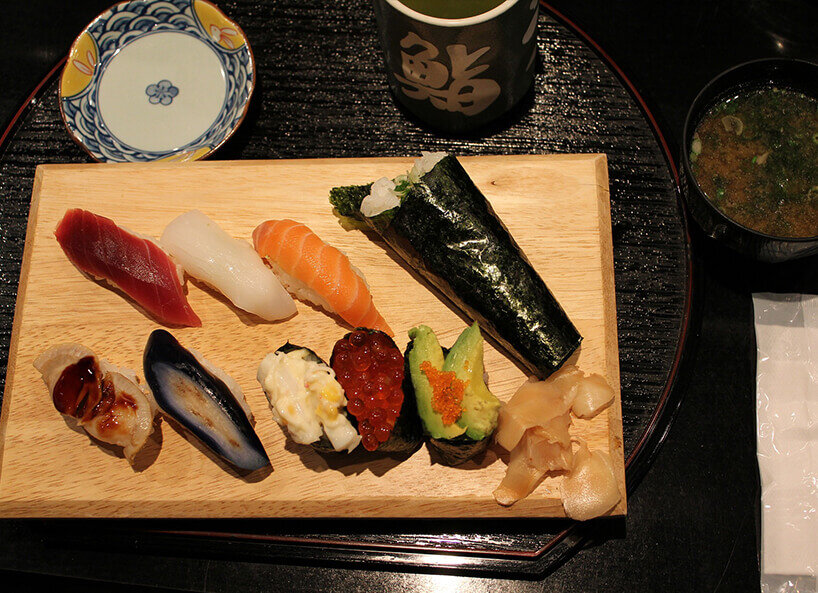
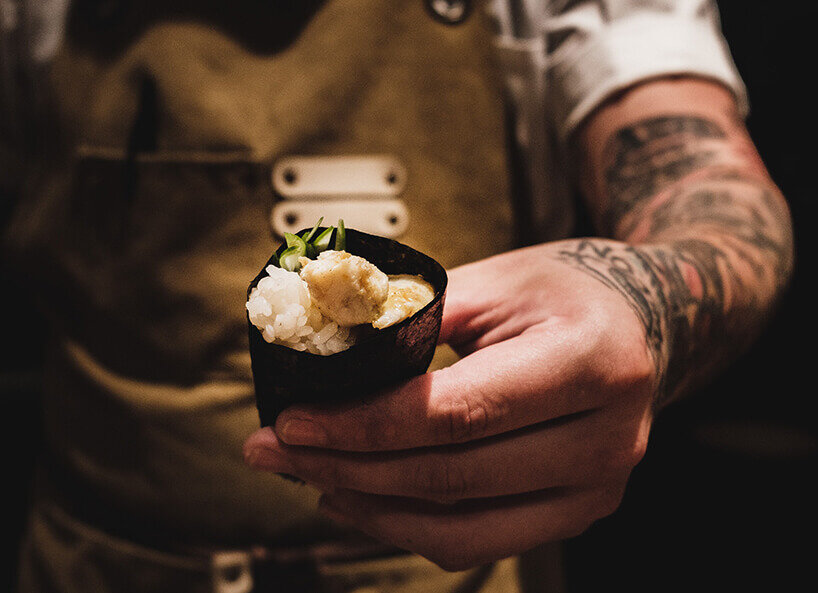
Sashimi: Fine fish fillets as an encore
If one wants to be very strict, sashimi is not even considered among the possible alternatives among the types of the Japanese specialty: After all, integral components such as the nori sheet or sushi rice are missing in these recipes. Nevertheless, many hobby and professional gourmets serve the delicate fish fillets alongside the original rolls. Unlike wasabi, the bamboo mat can be omitted in this preparation method.
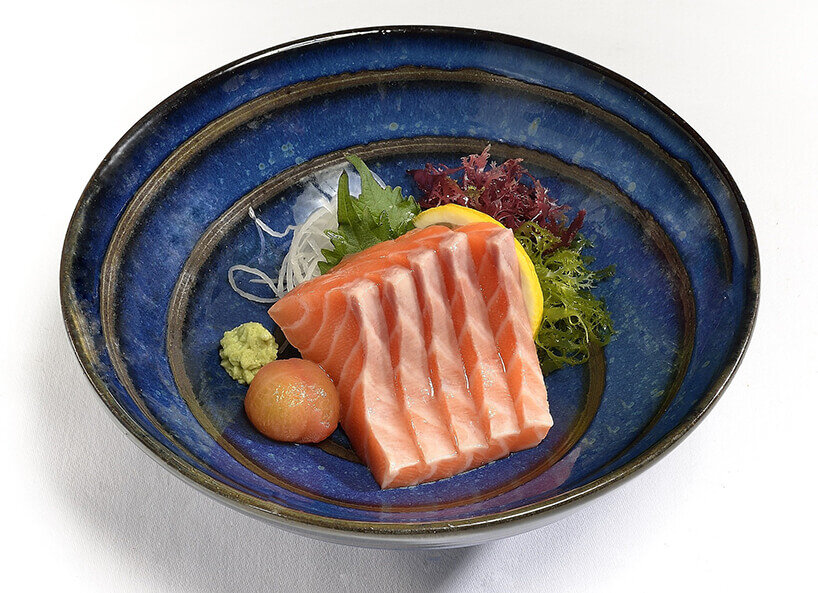
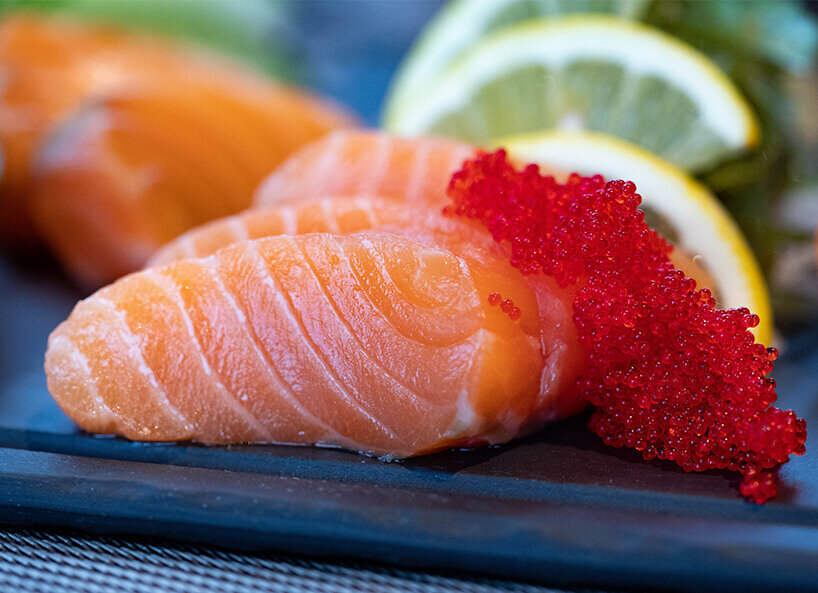
Cooking healthy sushi yourself? What speaks for it from a nutritional point of view
Most people would agree with the general consensus that Japanese rolls made from rice and other ingredients are not only delicious but also healthy. But what leads nutrition experts to this judgment? First of all, the nori seaweed, which is primarily used in the recipes to secure the specialty, offers a lot of benefits: They are not only fat-free but also contain essential proteins, fibers, and other micronutrients such as zinc and iodine. If the soy sauce has been prepared in a traditional way, it can confirm this positive first impression thanks to its high protein content and low calorie density: Only industrially manufactured variants contain unwanted preservatives or flavor enhancers.
Advantage of the homemade alternative: you decide on the rice and ingredients
However, there is a small drawback with sushi rice: Even in restaurants, mostly polished and refined white rice is used. In this type, most vitamins and minerals have disappeared. The use of brown rice can remedy this, which you can only integrate in this form with homemade sushi: It has not been industrially processed and therefore retains important nutrients. In addition, it has a much lower impact on blood sugar levels and keeps you satisfied longer. A 50:50 ratio of white and brown rice is possible, for example. As for the other additions, it depends on the specific ingredient: Fish, especially salmon as a fatty variety, is rich in essential Omega-3 fatty acids, which are associated with several positive effects. Most vegetable fillings such as avocado can also be recommended without hesitation. When cooking on your own, you enjoy the advantage of having the freedom to decide which components to use. However, the enjoyment should naturally be at the forefront: With the right recipe, even your first attempt at cooking will be a complete success.
Ingredients and tools for homemade recipes
|
Sushi rice
|
|
Rice vinegar
|
|
Smoked fish, optional caviar, prawns or surimi
|
|
Fresh, raw fish
|
|
Vegetables, e.g. cucumber, avocado, spring onions, pickled radish
|
|
Nori algae leaves
|
|
Soy sauce and wasabi
|
|
Pickled ginger (gari)
|
|
Sugar, salt and water
|
|
Bamboo mat
|
|
Possibly ready-made Asian spice mix
|

When it comes to ingredients, it's best to focus on freshness, especially with fish and vegetables, as there can be significant differences in quality. Also, keep in mind that some types of fish are consumed raw. While the use of smoked salmon is theoretically possible, it may result in a slightly modified flavor profile despite the presence of wasabi, soy sauce, and nori sheets. For the other ingredients, including avocado, sushi rice, rice vinegar, and pickled ginger, you can rely on the supermarket. Asian stores may offer more budget-friendly options, but availability can vary.
1. cook rice
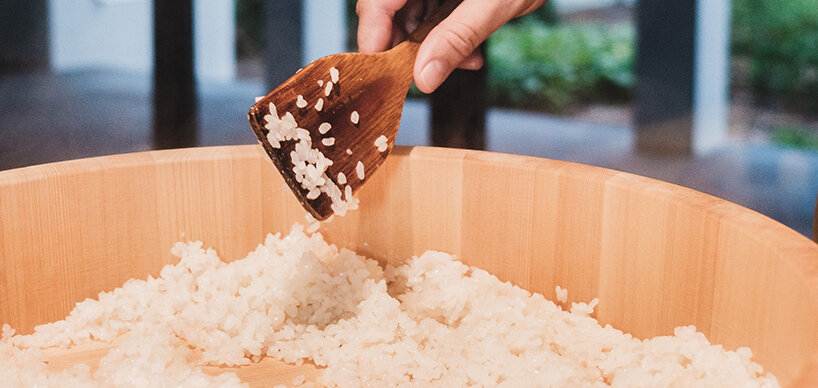
2. prepare the ingredients
3. prepare the maki rolls
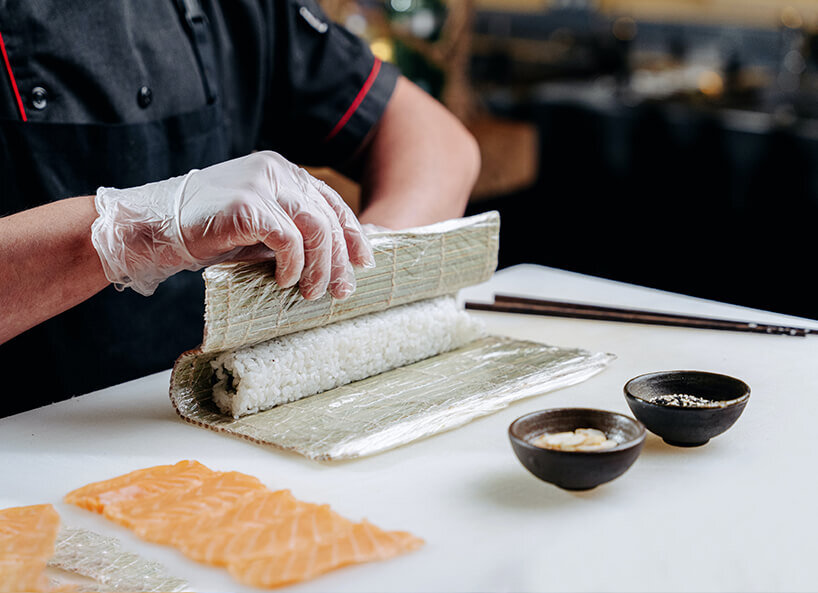
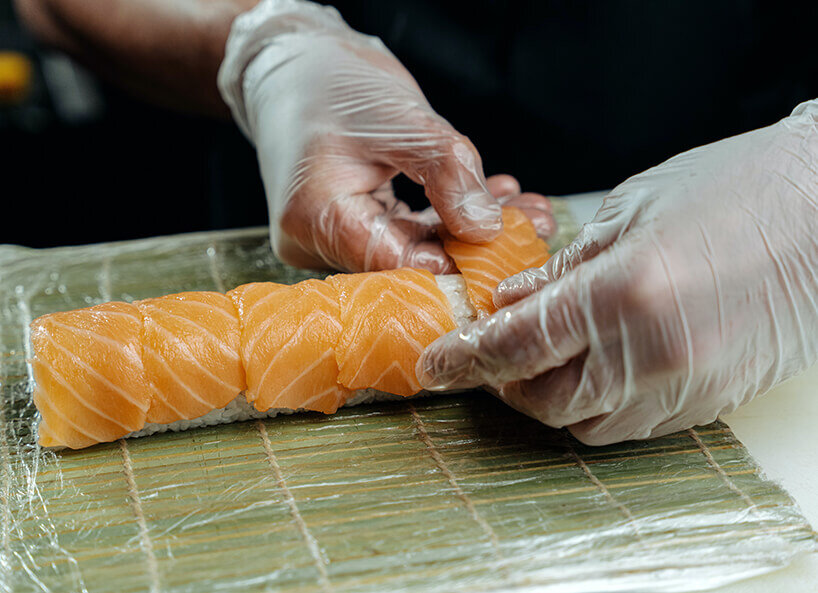
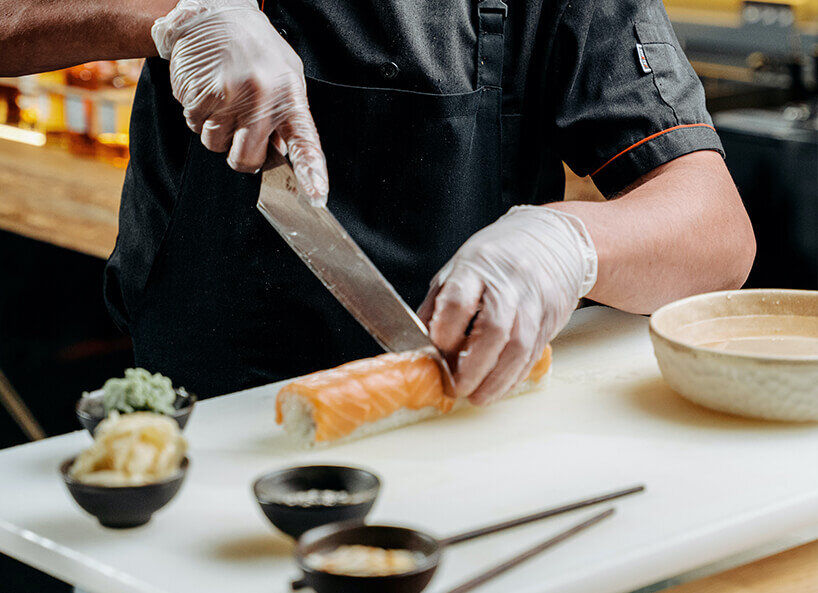
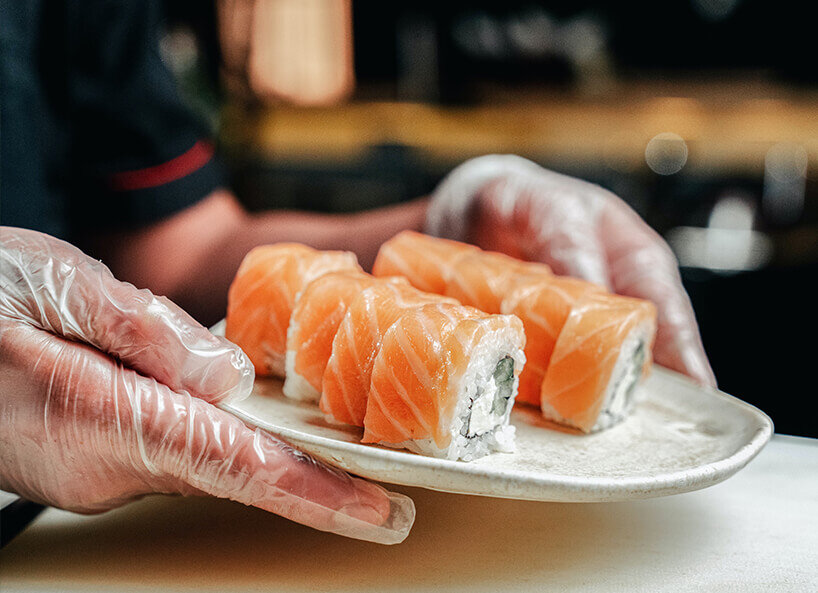
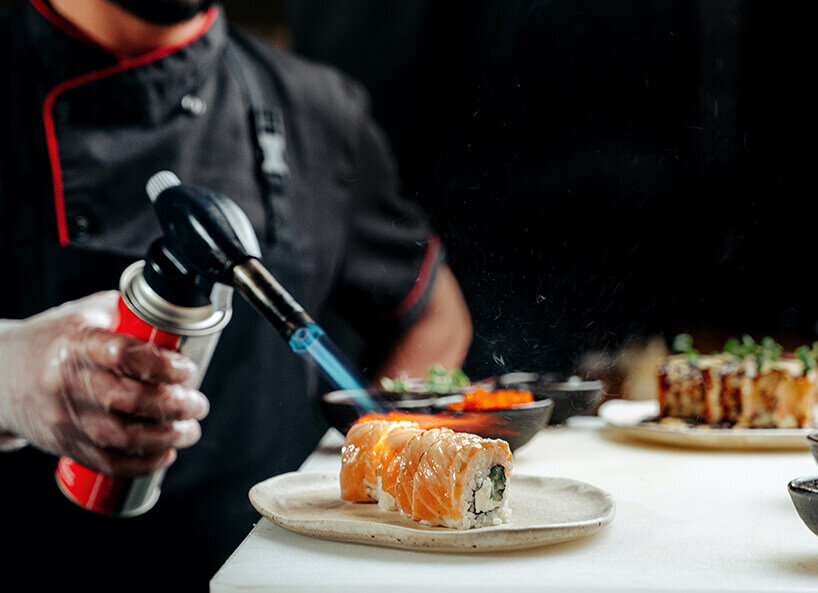
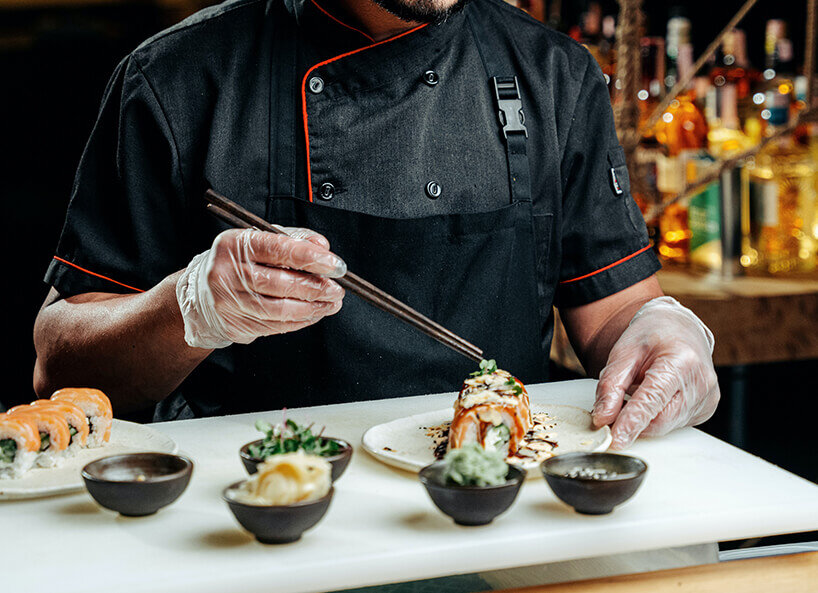
4. serve: Enjoy your meal!
Possible variations: Cooking nigiri and co.
If you prefer making Nigiri instead of Maki, you can completely omit the seaweed sheets. Here, you simply top rice balls with a narrow piece of fish fillet or other components like tuna, shrimp, sashimi, bell pepper, or carrot. The preparation of larger Maki rolls with multiple ingredients is also not a problem with this basic recipe. As exotic but worthwhile alternatives to avocado, mango or apple strips are considered. Sushi has become a delicious and fantastic dish for vegetarians as well: for the meat and fish-free version of the rolls, use tofu, egg, or vegetables instead of salmon and others. Even sweet sushi, made with sweet fruit ingredients combined with mild soy sheets and sweet rice, is becoming more popular. In either case, most gourmets use a bamboo mat as a tool. Either way, with this recipe, your next attempt will be a particularly delicious and visually appealing success - Good luck!
Come visit our shop! There is a great selection of products that complement sushi perfectly.

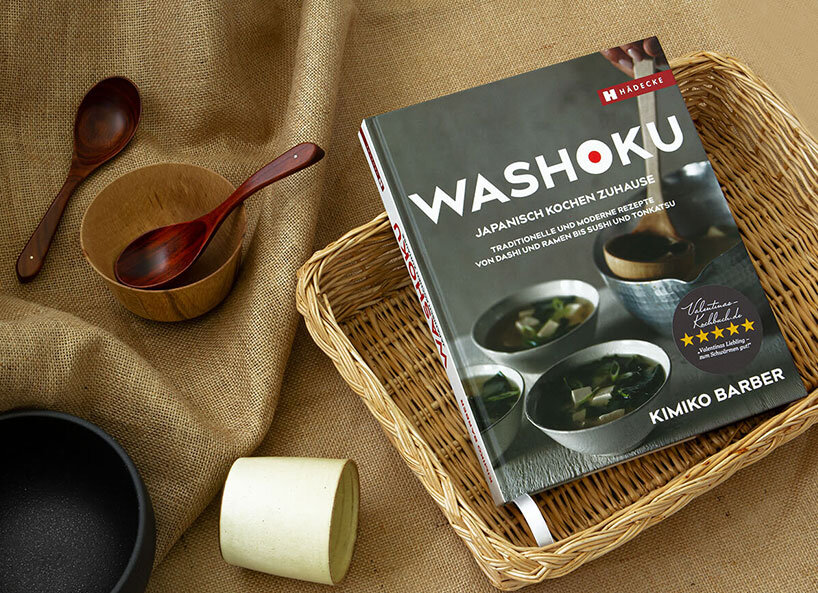
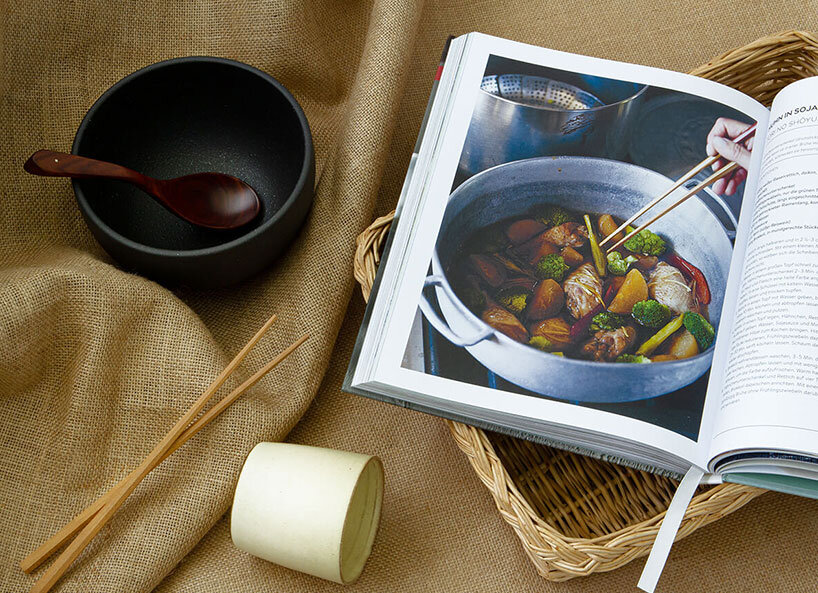
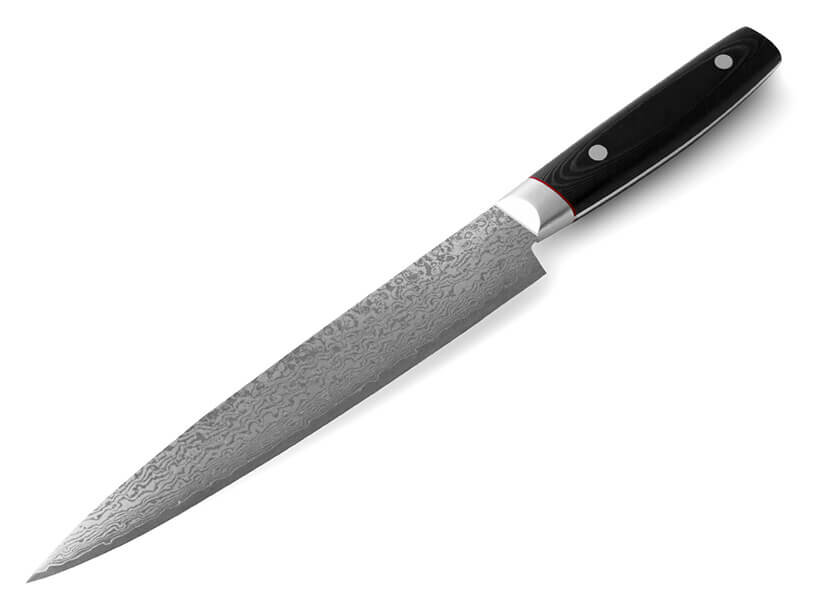
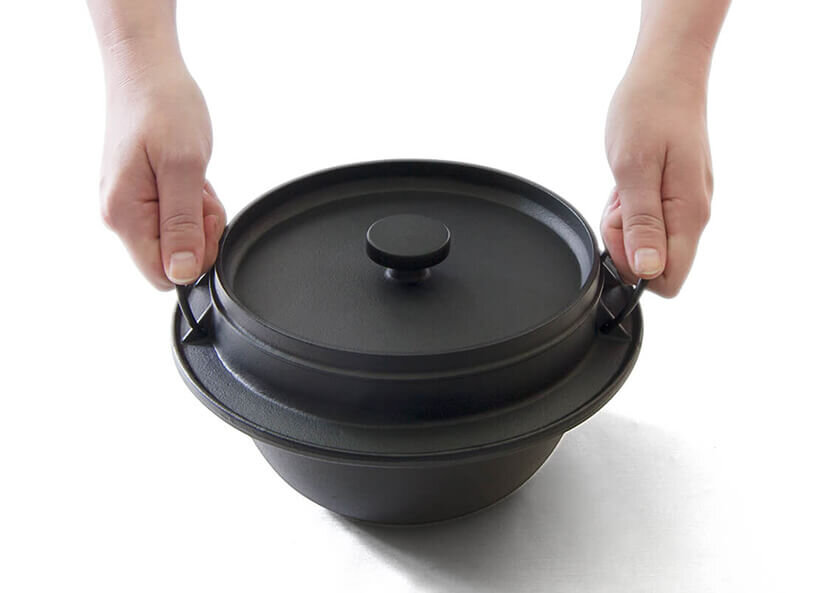
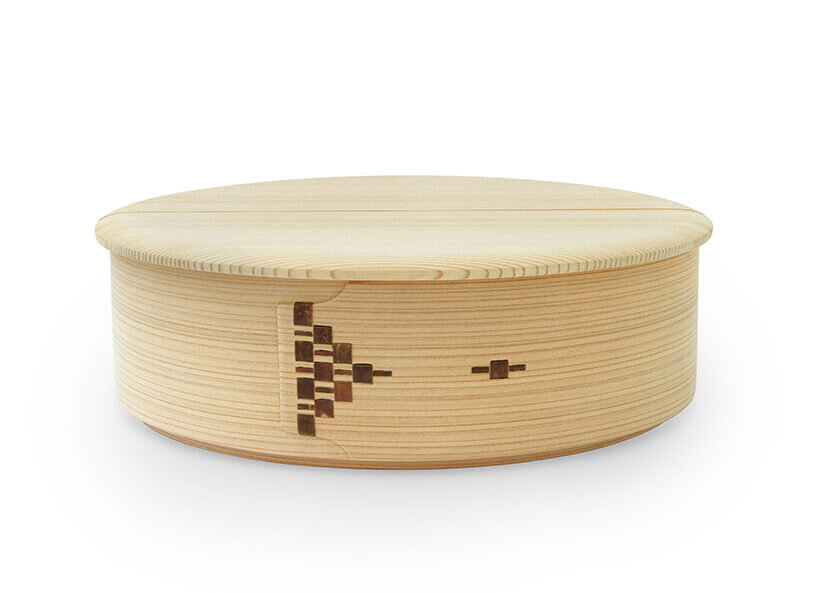
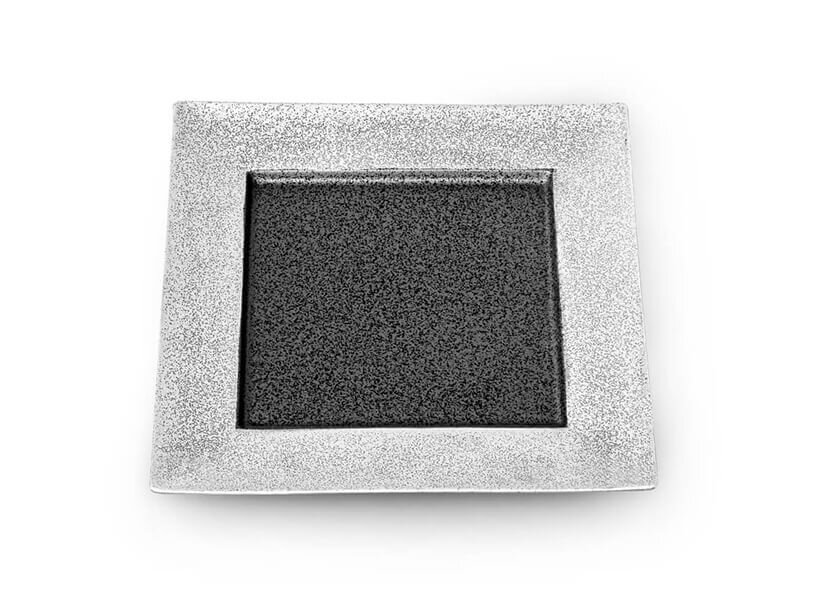
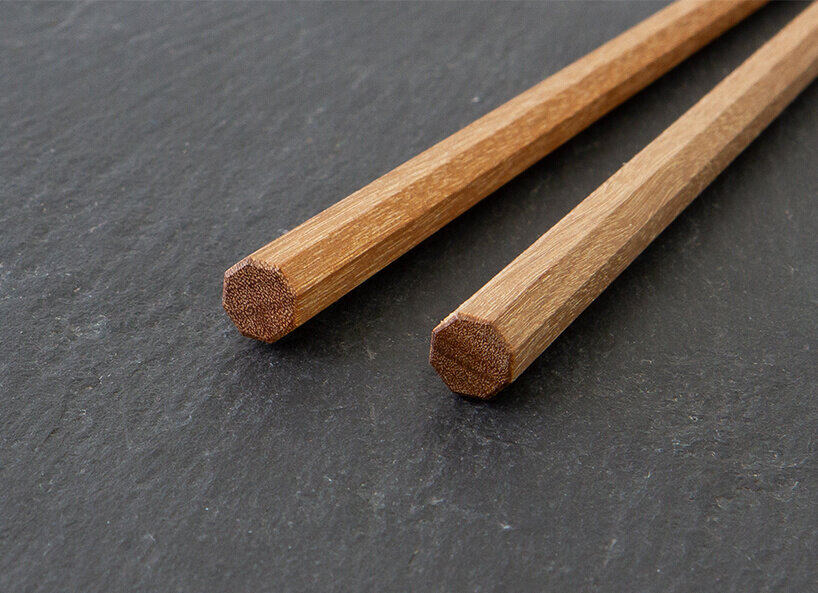
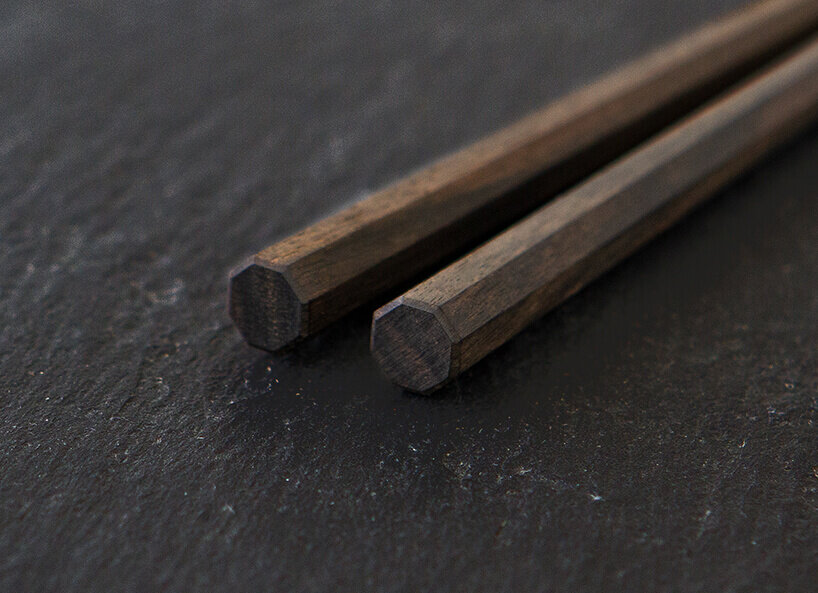




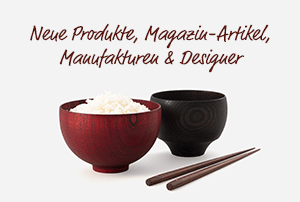

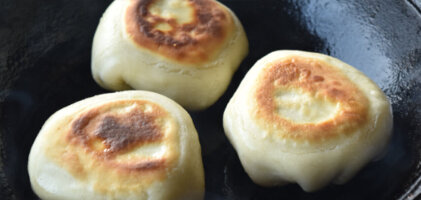
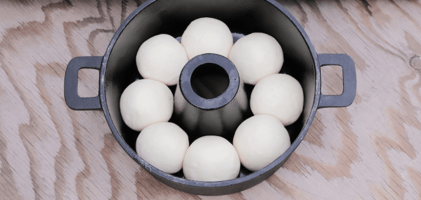


-from-the-yakiyaki-grill-pan.jpg)




